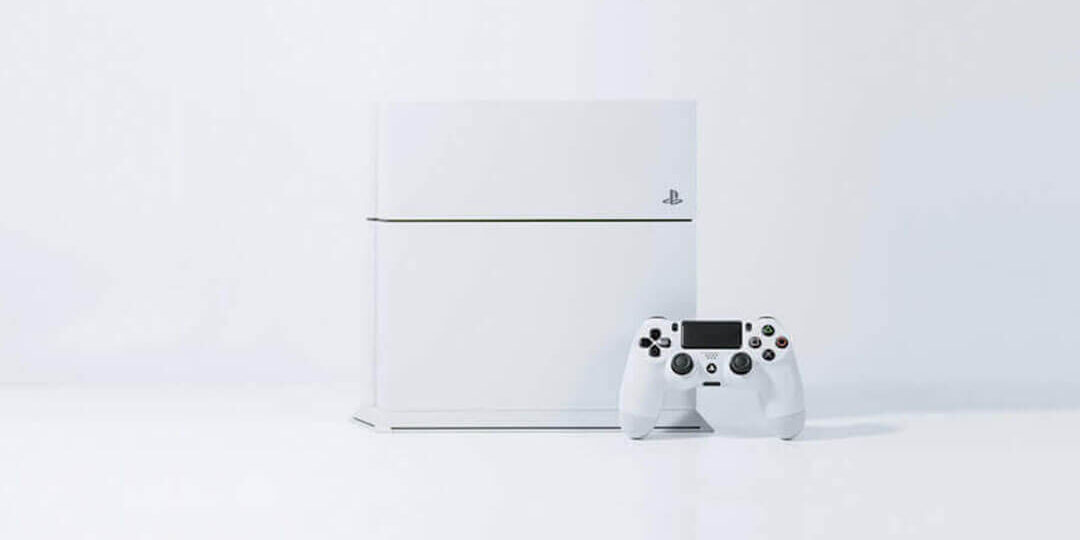$8.6 billion worth of crypto was laundered in 2021. So how do they clean their dirty crypto and get away with it? Understanding this will show you how rules in finance can be bent and even broken. In order to explain this, we need to go back to the 1980s in Columbia.
There was a son of a farmer named Pablo Escobar. He created one of the largest drug cartels in history.
At the height of his power, he made over $420 million weekly. That’s the most expensive home in the US paid off in about four days. But he had a problem – a cash problem.
Escobar had so much cash he would have to write off $2 billion every year because it was either lost or damaged. You can’t just go into the bank with $400 million and say, hey, Susan, that’s a great color on you and make a deposit. He needed to find a way to make that money look legitimate. And boy, did he find a way. Escobar’s money was laundered through dozens of businesses, like a jet service, jewelry stores, a brokerage, and much, much more.
So where does the term money laundering even come from? In the ’20s and ’30s Chicago was controlled by Al Capone. Capone ruled an Empire built on the three pillars of society – bootlegging, prostitution and narcotics. Again, he had a problem, a cash problem. The police and IRS were on his back.
He had to funnel his money somewhere.
And the legend goes that Capone started buying laundromats all over town. And let me tell you, he was great at the laundry business. Somehow, every shop he bought instantly saw sales skyrocket. So whether it’s fraud, extortion or drug trafficking, all criminals have the same problem.
Now, according to the United Nations, between $800 billion and $2 trillion are laundered every year. The latest wave is through cryptocurrencies. Now, crypto money laundering has some specific issues and risks that we’ll see in a moment, but it shares three steps with traditional money laundering. Let’s say you have some questionable money that you’d like to spend. Step one is placement.
This is notoriously the most dangerous step. You need to place your money into the legal world. Now, there are many ways to do this, but the most common is to buy a legitimate business, ideally one that runs predominantly on cash because cash is harder to track.
Maybe you’ll buy a club, a beauty salon or a car wash after your legit business is set up, it’s time to start mixing, blending clean money with dirty money. You want to boost your real businesses’ cash, but not by too much.
This is step two – Layering. So your money is sitting in the account of some legit business. Now I need to move it around, distancing yourself from it in order to make the paper trail more difficult to track. A classic example is to invest the money in some anonymous shell company within a tax haven. Think oligarchs, royals and the Panama Papers.
Or you could move the money into different countries around the world, maybe purchasing stocks or gold.
But we’re not done yet, because step three is integration. At this point, the money is reunited with you and you’re free to enjoy the profits from your totally legitimate and thriving business venture. But depending on the size of your operation, this system can get quite complicated. Here’s the organization map of the $7 billion Cali cartel.
This is where cryptos may be able to help. We’re going to talk about real life cases and busts. But first, there are two major differences when it comes to cryptos. One, cryptos are actually more traceable than Fiat money. Sure, it’s true that the decentralized model of finance is less regulated and scrutinized than regular finance, and this can provide some degree of cover.
But all crypto transactions are recorded on the blockchain, which is public, transparent, and there forever. Two, let’s say you got cryptocurrencies through a crime. Sooner or later, you need to convert those cryptos to Fiat money, like euros or dollars. You need to launder that money through an exchange. But you can’t just open up a Coinbase account and say nothing to see here, just passing through.
Most exchanges require identity verification, which would tie you directly with the dirty tokens. You can’t do that, but there is a workaround. Let’s distinguish between the two types of crime. First are cryptocyber crimes. These are illegal activities that generate profits in cryptos.

These could be online scams, ransomware or theft. Second is real world crimes like weapon sales, trafficking or drugs. These are different because they generate profits in Fiat money like US dollars. And then criminals convert those into cryptos with the purpose of laundering them. Believe it or not, I have a favorite crypto cyber crime.
These are the masterminds. In 2016, they hacked Bitfinex, one of the largest crypto exchanges.
These two cracked the system and stole what’s now worth $4.5 billion in bitcoin. It turns out the FBI was hunting them for years before finally making arrests.
The couple was captured in their Manhattan apartment with all kinds of incriminating evidence, making this not only the biggest, but the strangest financial bust in the history of the US. They had a laundering problem. They were able to buy some gold NFTs and space pants, the essential stuff. But 80% of the Bitcoin they stole was untouched. Now let’s check their laundry list.
A couple hasn’t been charged with theft, but they’re accused of conspiracy to commit money laundering and to defraud the United States.
So how did they do it? It all comes down to layering. This is the part where you distance yourself from the stolen funds. The first trick they use is a coin mixer, which is exactly what you think it is.
It’s a third party service that takes cryptos from a bunch of different users, mixes them all together, dirty cryptos right there with clean ones from many different addresses before finally handing them back to you. Immaculate and much, much harder to trade. It’s like taking dirty popcorn off the floor, putting it back in the batch, and shaking it up. The problem is that mixers tend to be under surveillance from the government. So many launderers take this a step further, adding even more layers.
Everyone’s favorite couple also use what’s called a Peel chain. A Peel chain is basically when you shuffle a small number of coins into mini wallets in attempt to not raise any suspicion. Then at each passage, you convert just a tiny portion of these cryptos into dollars, rinse and repeat, doing that hundreds or even thousands of times. If Escobar was around, he probably would be using this trick right now.
But it’s always a good idea to diversify strategies.
The Bitfinex couple also use something called chain hopping. That’s where you convert funds from one cryptocurrency to another, like Bitcoin to Monero a Privacy coin. This is looked at as a bit shady, but it’s not necessarily illegal. So for the police, it’s a case by case call. Just last year, the US sanctioned Suex they’re a crypto broker that exchanged tens of millions of dollars worth of cryptos, many of which came from large frauds and thefts.
They’re located at the Federation Tower in the heart of the financial district of Moscow, and are known to convert cryptocurrencies into bags of cash with very few questions. And of course, Suex claimed they didn’t know where the shady money came from. But hold on, because crypto money laundering isn’t just about cleaning and using the profits of cybercrime. It’s also used to disguise where illicit money comes from. – Who’s this?
It’s the tax man. And he’s looking at you. Now, what does he see? He sees a young fella with a big fancy house, unlimited cash supply, and no job.
Now, what is the conclusion the tax man makes?
This is a problem crypto can actually help with, converting real world profits into clean money. In 2020, the British police arrested a gang involved in organized crime. Basically, the group supplied drugs to this vast system of couriers who would sell the product and then deliver back profit. Spoiler alert: 18 people got 140 years in prison. What’s most interesting is the two things investigators found.
First, the group was using an online beauty products business as the front for their full time gig. They were mixing cash like classic money laundering. Second, the agents confiscated two phones, these phones showed that traffickers were regularly giving cash to a broker that would convert that dirty cash into Bitcoin, take a small fee and send the Bitcoin back to the fellows. Here the data shows that they not only clean over £1 million through Bitcoin, but also that the crypto money laundering was cheaper than traditional laundering.
There’s an incentive to launder through crypto.
So, to sum it up, it’s important to say that there’s nothing inherently bad about cryptocurrencies. It’s just a tool think of like a shovel. It can be used to build a garden or bury a bot. So, should we ban shovels?
Business Planning Kit
https://memberbaez56cds.krtra.com/t/FDjMibSTCvXc
Homemade Supplements – PLR (download)
“Helpful Guide For Homemade Supplement Secrets!”
https://iResults.info/baeza23/ip-homebusinessmakemoneyworkingfromhome
Discover more from Making Money Is Easy
Subscribe to get the latest posts sent to your email.


































